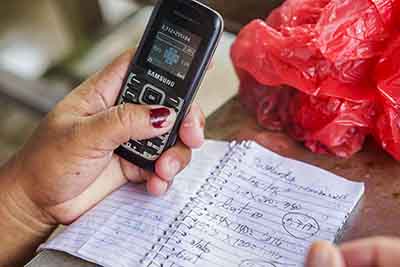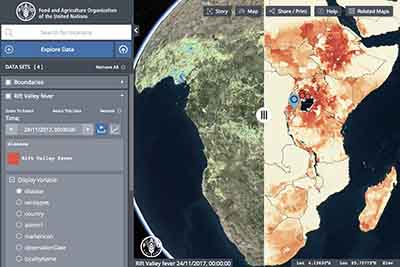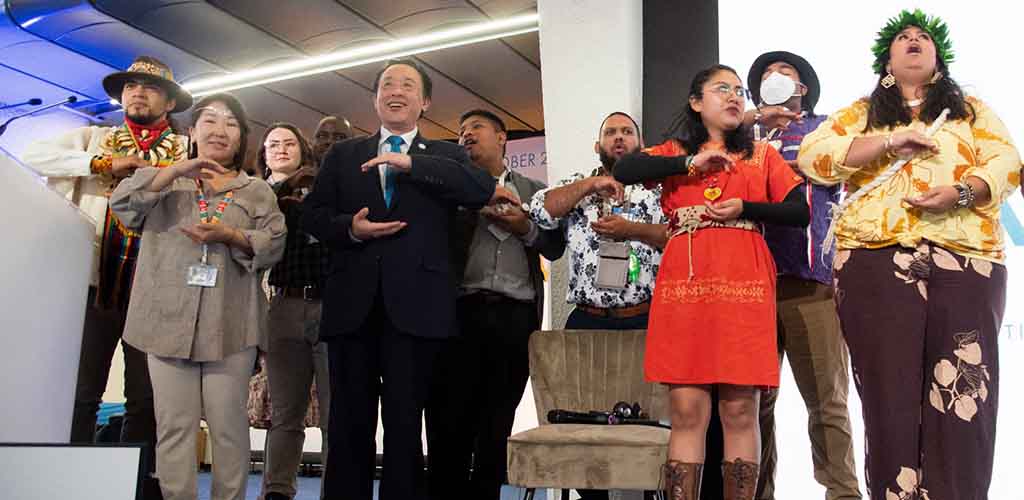FAO in review: Greater visibility and increased transparency
Pollination of sunflowers in a greenhouse was a part of one FAO forestry project to improve urban environments. © FAO/Rosetta Messori
Over the past 40 months, the international visibility and reputation of the Food and Agriculture Organization of the United Nations (FAO) has continued to increase, amid major global challenges such as the COVID-19 pandemic, the war in Ukraine and other protracted conflicts, economic downturns, and the intensifying climate crisis.
FAO has given priority to providing its expertise, including knowledge products, tools and policy recommendations, such as the Food Price Index, Briefing Notes and Policy Proposals, which have been in high demand not only by Members, but also by the United Nations (UN) Secretariat in New York and other specialized agencies.
The COVID-19 Response and Recovery Programme that enables donors to leverage FAO’s convening power, real-time data, early warning systems and technical expertise to provide direct assistance where and when it is needed most, is an additional example of FAO’s global support.
This year alone, the Director-General QU Dongyu has engaged in approximately 60 high-level events at the United Nations in New York, including at the Security Council, and in Member State processes, all the while making the outcomes of these meetings available to all on a dedicated webpage, showing that transparency is a cornerstone of the Organization.
Offering FAO’s knowledge and solutions in support of the 2030 Agenda for Sustainable Development and the Sustainable Development Goals (SDGs), the Organization has also participated centrally in international fora such as the G20 and G7, monitoring global agrifood market developments, assessing their impacts on food security and providing policy advice.
In further recognition FAO’s central role for agrifood systems transformation, the UN Secretary General requested FAO to host the UN Food Systems follow-up Coordination Hub, on behalf of the UN system, which is now fully operational and implementation at country level is underway. FAO is additionally co-leading the food workstream under the Global Crisis Response Group initiated by the Secretary General.
“These last years have demonstrated beyond a shadow of a doubt that FAO’s role and relevance in facing today’s challenges is increasingly recognized and valued by Members and beyond,” says FAO Chief Economist, Máximo Torero Cullen.


A fish vendor at the Bagting Fish Market in Dapitan City, Philippines tallies up the morning's sales in her stall. © FAO/David Hogsholt; In 2020, FAO launched the open-access Hand-in-Hand Geospatial Platform, which provides advanced information, including food security indicators and agricultural statistics, for more targeted agriculture interventions. © FAO/Giuseppe Carotenuto
New strategic initiatives
Increased visibility is also a result of increased action. In the last 40 months, FAO has launched some important strategic initiatives. The Hand-in-Hand Initiative, an FAO mechanism bringing various actors together to help less advantaged member countries reduce hunger and transform agrifood systems, now has 54 participating countries.
A true shift towards digitalization has also been a key driver behind other key FAO programmes such as the country-led 1 000 Digital Villages Initiative, which enables small-scale farmers to use technologies to improve livelihoods, individual wellbeing and social cohesion by tailoring digital innovation to their needs. The International Platform for Digital Food and Agriculture further promotes the digitalization of food and agriculture by providing an inclusive multi-stakeholder forum to foster dialogue.
A significant step forward in revolutionizing municipalities to create more sustainable and food secure cities is the Green Cities Initiative. Launched in 2020 at UNGA, in the midst of the COVID-19 pandemic, this FAO initiative seeks to bolster cities’ resilience to shocks and stresses such as climate change, urbanization and public health issues. To date, 80 cities are involved with the target of reaching 1 000 cites by 2030.
All these initiatives contribute to the overarching vision of FAO: The Four Betters – Better Production, Better Nutrition, a Better Environment and a Better Life. With the Country One Priority Product Initiative, which has recently been launched globally, Better Production is at the forefront, ensuring that innovation is making agricultural production sustainable. Eighty countries have come forward to promote 50 Special Agriculture Products.
Garnering more involvement from a diverse set of constituents has been the driving force behind the growing number of fora hosted by FAO including the World Food Forum (WFF), an independent, youth-led global network that empowers young people everywhere to actively shape agrifood systems for a better food future for all.
This year, under the theme “Healthy Diets. Healthy Planet”, three interlinked fora, highlighting inter-generational collaboration in science, technology and innovation, advanced bold and actionable solutions to catalyze agrifood system transformation. These fora were comprised of the Global Youth Forum, the FAO Science and Innovation Forum and the FAO Hand-in-Hand Investment Forum, representing the three pillars of the WFF – Youth, Investment, and Science and Innovation.

FAO Director-General QU Dongyu at the closing ceremony of the 2022 World Food Forum. © FAO/Victor Sokolowicz
Greater transparency
Transparency begets visibility and action. As Director-General QU Dongyu recently commented, “Transparency is the essence of inclusivity, and inclusivity is the foundation of collaboration and partnerships.” These notions have formed the foundation of FAO’s work of launching new initiatives and raising the Organization’s visibility internationally in the last three years.
Yet, this is just the beginning. As these initiatives mature and more is invested both by FAO and its partners in harnessing agriculture and food production to meet the SDGs, the Organization’s role will only go deeper to the heart of the issues. Together, FAO, its Members and every individual can help promote Better Production, Better Nutrition, a Better Environment and a Better Life, leaving no one behind.
